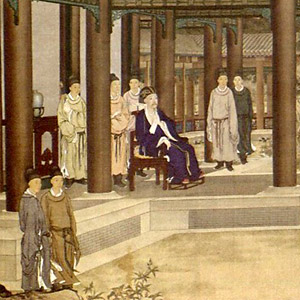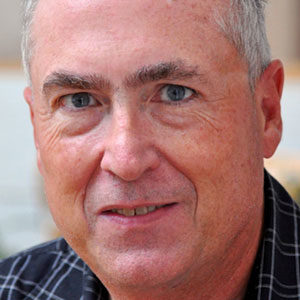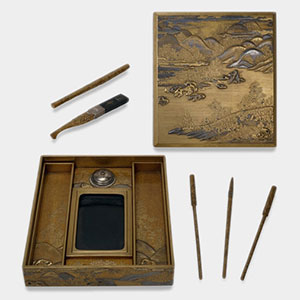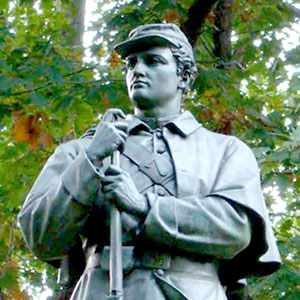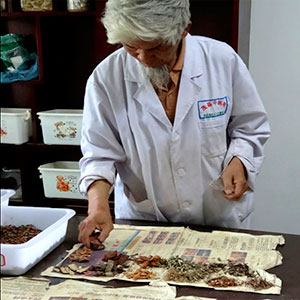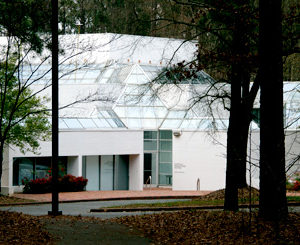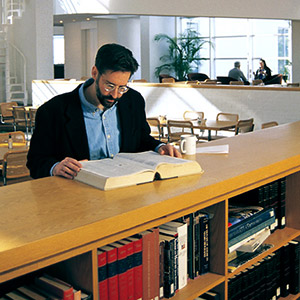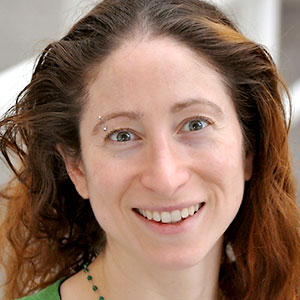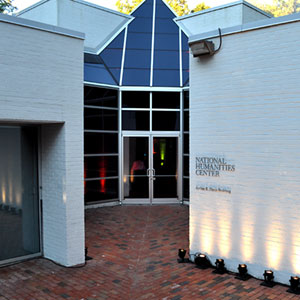
National Humanities Center Names Fellows for 2016–2017
The National Humanities Center announces the appointment of 37 Fellows for the academic year 2016–17. These leading scholars will come to the Center from 17 states, Argentina, South Africa, and the United Kingdom; they constitute the thirty-ninth class of resident scholars to be admitted since the Center opened in 1978. Robert D. Newman, president and director of the National Humanities Center, said, “This tremendous group of scholars is conducting interesting and important work across a range of humanistic fields. We are delighted to provide them support and look forward to their arrival.”
